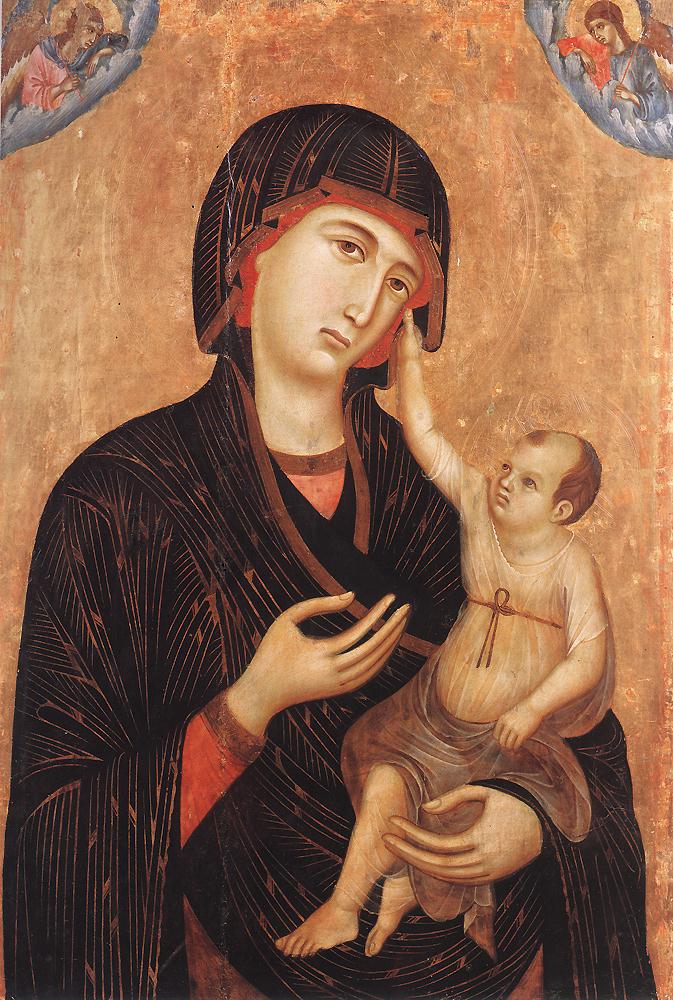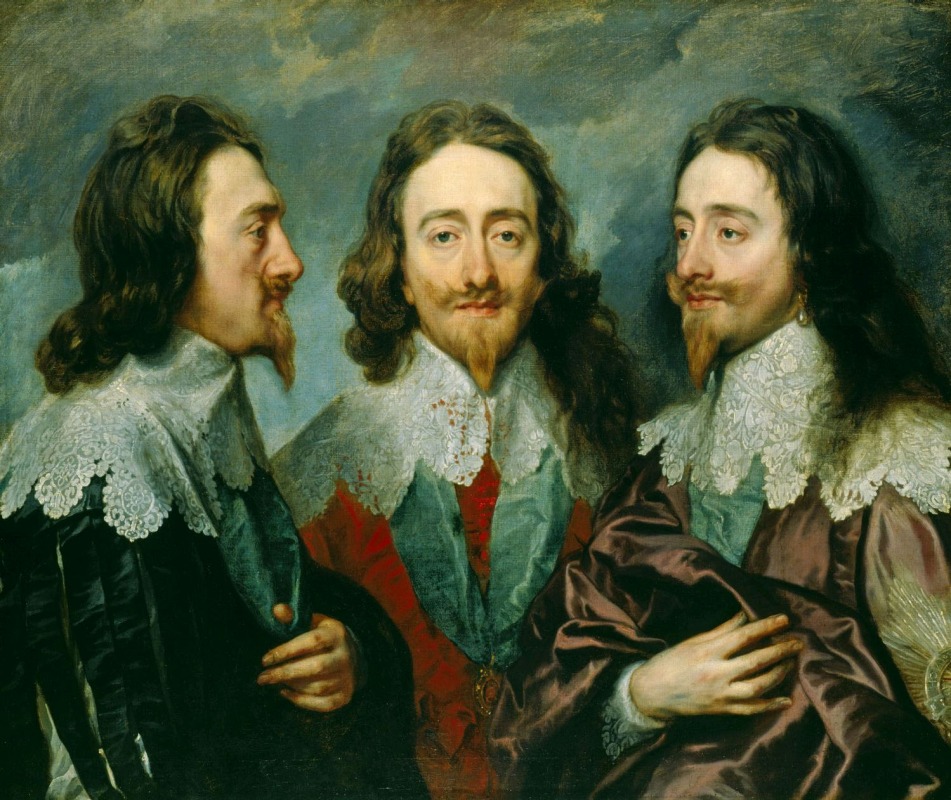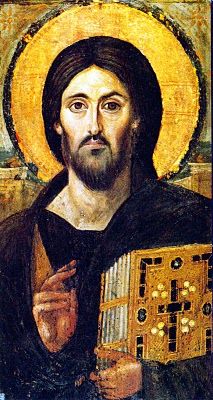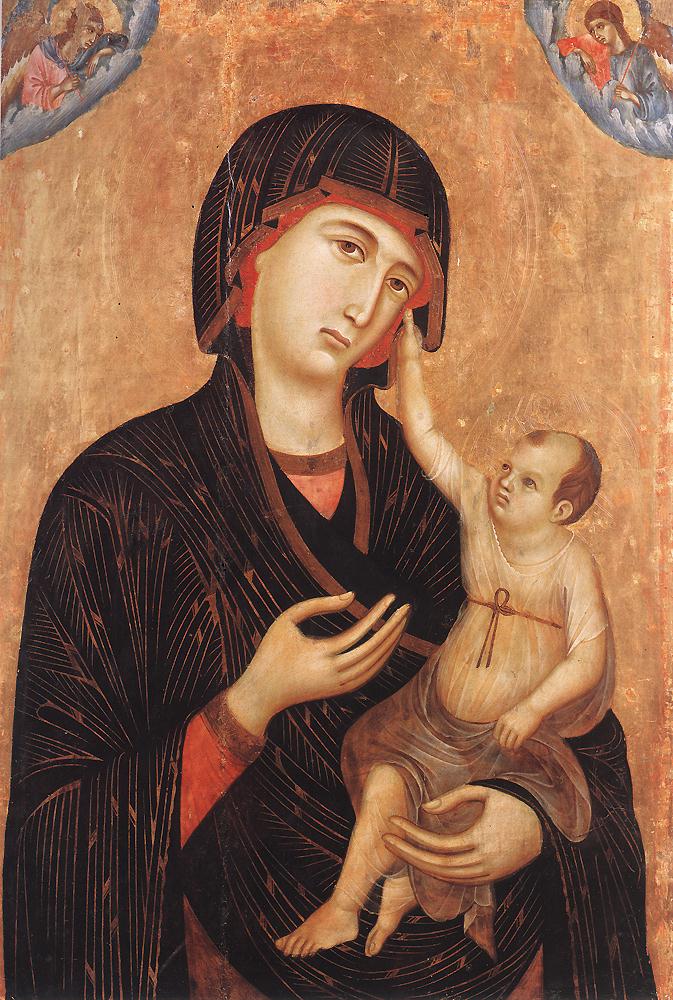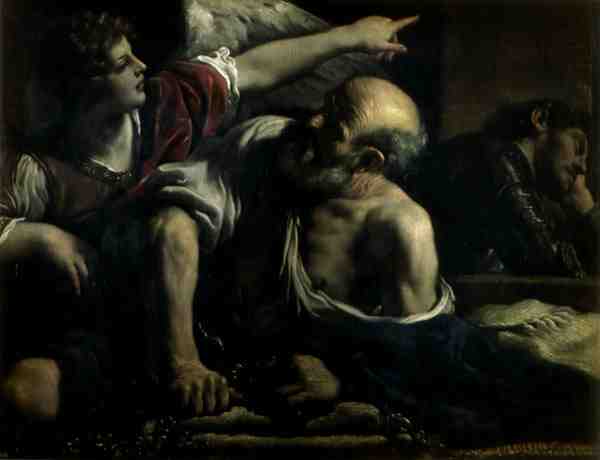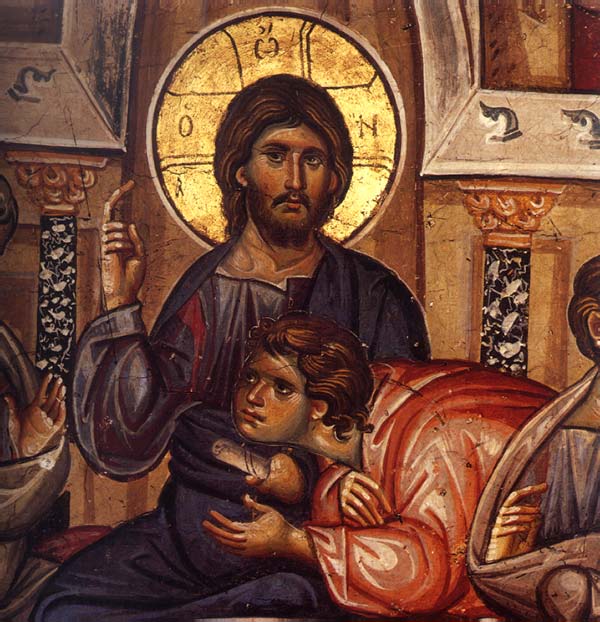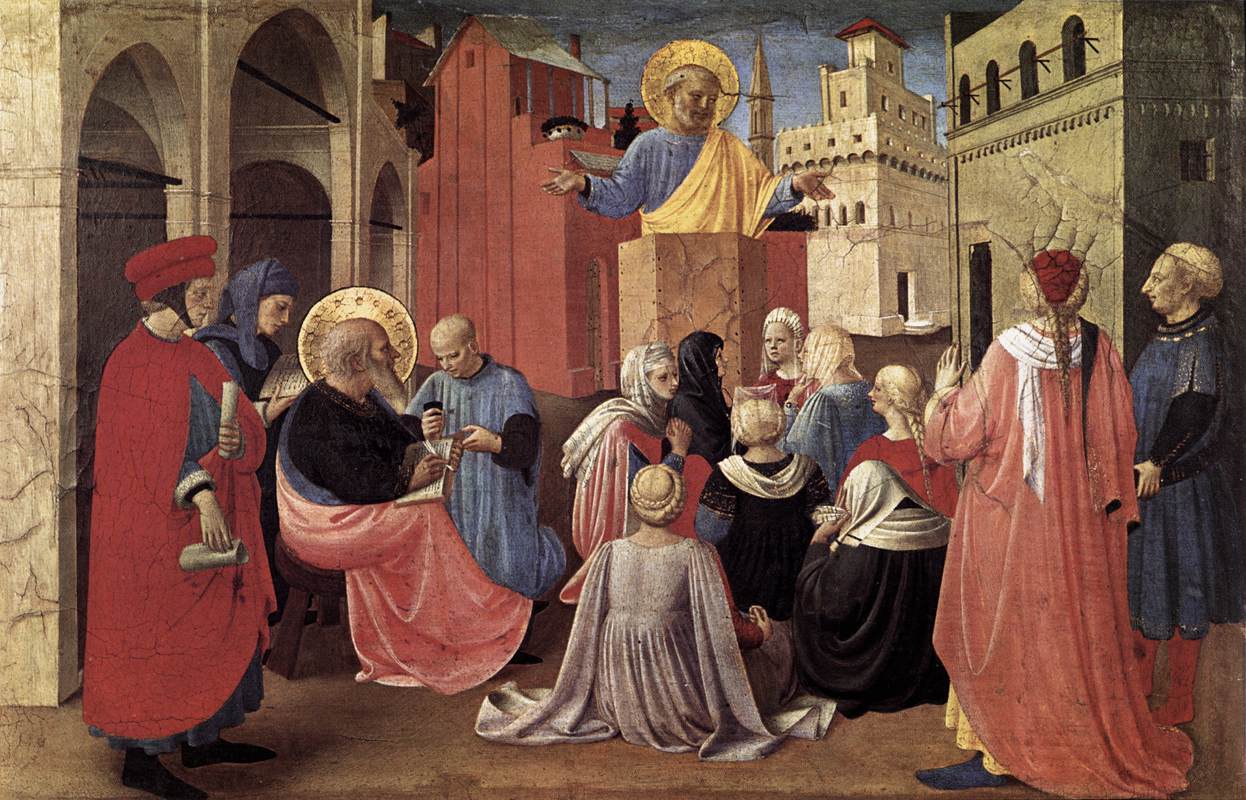When I first met the president of Thomas More College of Liberal Arts, in Merrimack, New Hampshire, he asked me to describe my ideas for an art school that could contribute train artist to serve the Church. This was relatively easy for me to do. Inspired by John Paul II’s Letter to Artists, I had been on a mission for several years to establish such a school and so describing it was something I had done many times. I described how I would give a training that was rooted in traditional principles, teaching an understanding of what they were doing, so that the tradition becomes a living tradition. A living tradition can develop and respond to the needs of the time without compromising on the timeless principles of beauty, truth, goodness and unity that underlie all genuinely Catholic art.
This would enable us I said, to produce art for both sacred and profane settings, and contribute to the establishment of the art of Vatican II. This will evoke the art of the past, yet be distinct and in many ways of a previously unimagined in style. It will characterise our era as beautifully and distinctly as the Romanesque, the Gothic and the Baroque did theirs.
The aim of such an education are threefold: to train in the practical skills; to increase in the individual an ability to apprehend beauty; and to open the individual up to inspiration from God through a disciplined training that looks to Masters for guidance.
Following traditional patterns of art training, there are five aspects (in no particular order):
- The study of past Masters of the traditions of Christian art – imitating them with understanding so that the students learn a visual vocabulary of art. In his Spirit of the Liturgy, Pope Benedict XV cites the icongraphic (of which the Romanesque is a Western variant), the gothic and the baroque ‘at its best’ as authentic liturgical forms.
- The direct observation of nature: this is the study of the work of the greatest Artist.
- Practice and study of abstract art in the Christian tradition and the principles of proportion and compositional design (sometimes called ‘sacred geometry’).
- Learning the theory of Christian art – an understanding of the Catholic worldview and the Church as it relates to art (theology, philosophy, liturgy linked to form and content) so that they understand all that they are practising.
- Finally, the development of a spiritual life that will open the student up to inspiration (should God choose to send it): artists are unlikely to be able to produce work that inspires prayer and devotion in others, if they are not practised in using visual imagery in prayer themselves.
Students would have an exposure to each of these elements. As study progresses, they would specialise in one of the artistic traditions listed, or into the development of new art forms consistent with the principles they have learnt and as required by the Church.
The president listened without interruption and then asked me a further question. What about those who aren’t going to be artists, can you provide a training that could be part of the core liberal-arts programme as an education in beauty?
I had never been asked this before. I stopped for moment to think before responding, then realized that this really was possible. The traditional artistic training not only taught people the skills, but also the ability to apprehend beauty. This aspect, I was certain could be taught to all and the result would be a transformation of the individual, for to open up someone to beauty, is to elevate their souls to God and to increase their capacity to love what is good. There would be change in emphasis, the practical elements would be there, but those aspects that would not be intimidating to someone who did not consider themselves good at art would be brought to the fore.
The result of this meeting was that I was invited to come to TMC to implement exactly what I had described. The first stage was to be the programme for undergraduates; this would be followed by the gradual identification of gifted artists from the undergraduate body, who would form the core of the specialist art school. I would be looking for those who not only wished to be artists, but were fired by the vision of the college and wanted to play a part in creating the ‘new epiphany of beauty’ called for by Pope John Paul II in his Letter to Artists.
This Fall, Thomas More College starts its Way of Beauty programme to be taken by all freshman (and offered as an elective for other students). It is a course that is, as far we know, unique in the world. It draws on the principles articulated by figures from the early Church, such as Augustine and Boethius and which have been drawn to our attention recently by John Paul II and especially Benedict XVI. What I had described in my interview were the principles of the quadrivium, the ‘four ways’ (the higher part of the traditional seven liberal arts).
The traditional quadrivium is essentially the study of pattern, harmony, symmetry and order in nature and mathematics viewed as a reflection of the Divine Order. When we perceive something as reflecting this order, we call it beautiful. For Christians this is a source, along with Tradition, that provides the model upon which the rhythms and cycles of the liturgy are based. Christian culture, like classical culture before it, was also patterned after this cosmic order; this order which provides the unifying principle that runs through every traditional discipline. Literature, art, music, architecture – all of creation and potentially all human activity – are bound together by this common harmony and receive their fullest meaning in the liturgy. This course teaches a deep understanding of these principles and how they link the liturgy, ie the cult, to its culture. When we apprehend beauty we do so intuitively. So an education that improves our ability to apprehend beauty develops also our intuition. All creativity is at source an intuitive process. This means that professionals in any field would benefit from an education in beauty because it would develop their creativity. Furthermore, the creativity that an education in beauty stimulates will generate not just more ideas, but better ideas. Better because they are more in harmony with the natural order. The recognition of beauty moves us to love what we see. Such an education would tend to develop also, therefore, are capacity to love and leave us more inclined to serve God and our fellow man. The result for the individual who follows this path is joy.
This course not only teaches the students an understanding of these principles. It teaches them how to apply them. The course is directed towards the creation of beauty as well the appreciation of it. We will chant the Liturgy of the Hours, relating not only the structure of the Office itself to the Mass and the Heavenly Liturgy, but the form of the music to the harmonious principles that are replicated in the visual arts as, for example, the abstract geometric art of the Cosmati pavements of the middle ages; and used as principles for compositional design in figurative art. They will construct geometric patterns that reflect this
The practical aspect is not an extra bit of light-hearted fun tacked on to the end of the course. It is considered a vital component. It is the practical creation of beauty that effects the transformation in the person. First, it develops the habit of conforming the whole person to divine order, which is impressed by degrees upon the soul. Second, it is exercising the creative aspect of the intellect in us. We are made by God to be with Him in heaven, partaking of the divine nature. God’s intellect is purely creative intellect – if He thinks something it is. The creation of beauty is therefore a temporal step into our heavenly destiny and so directs us on to the path to heaven. Third, when beauty is created it is a gift for God and directs the hearts of others who behold it to God, bringing glory to Him. Therefore it is an act of love. This is the most powerful transforming principle of all.
The benefits to the person are present most powerfully in the Liturgy, but it is important that there is an experience also of the creation of art other than the praying of the liturgy also. This demonstrates to the students how these liturgical principles are made present in the wider culture. Even the form of the Liturgy of the Hours we are learning is developed to emphasise this link between the culture and the Liturgy. It was first developed at the Maryvale Institute, in Birmingham, England, as part of their art theory course, Art Inspiration and Beauty from a Catholic Perspective, where I taught before moving to the US. The students learn to involve the whole person in the prayer, body and soul, so that it is a greater gift to God and they are fully open to inspiration and God’s grace. This means that we engage the senses directly with sacred imagery, chant, incense and consider bodily posture. This is a simple and beautiful form that draws on the tradition of the Church.
And what about the art school? It was felt that to make all students learn to paint icons was not a good thing, as some would be intimidated by this. There will be elective classes in icon painting and drawing throughout the year so that those who are interested can develop their interest. We will be offering a summer school next year open to people outside the college as well and that offers a condensed form of the Way of Beauty in a week (which like the undergraduate class, is for artists and non-artists). Artists would wish to take in addition a two-week course in iconography and a two-week course in academic drawing, as taught in the ateliers of Florence.
I arrived at Thomas More College in January this year and I have been surprised (and very pleased) by the interest that the appointment of an Artist-in-Residence has created. There have been numerous newspaper features and even a TV appearance (I was invited to talk about the TMC programme on EWTN in late spring). This demonstrates to me that the is a great desire in the Catholic world to see once again a distinctly Catholic culture of beauty united to the liturgy. In fact as a result of this I have had several enquiries from people looking to study art full time who are well grounded in the Faith and committed to the wider vision, so much earlier in the development process than I had originally planned, I am even expecting our first full time art student to begin this Fall.












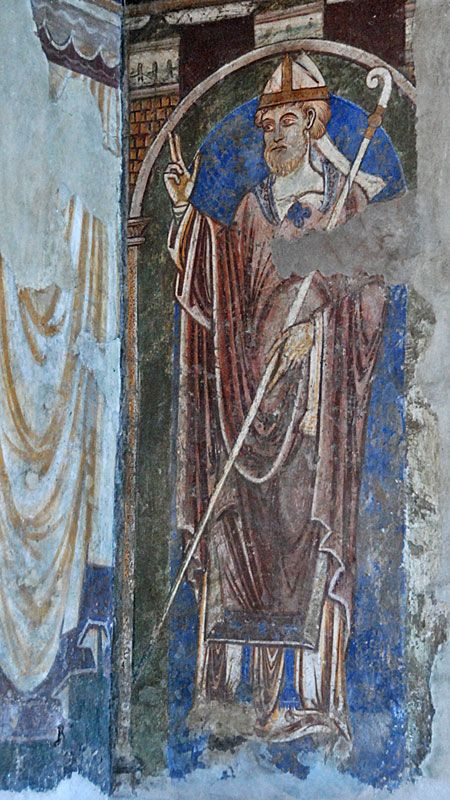
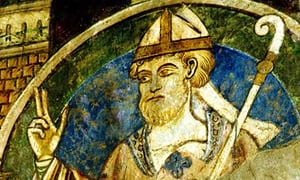
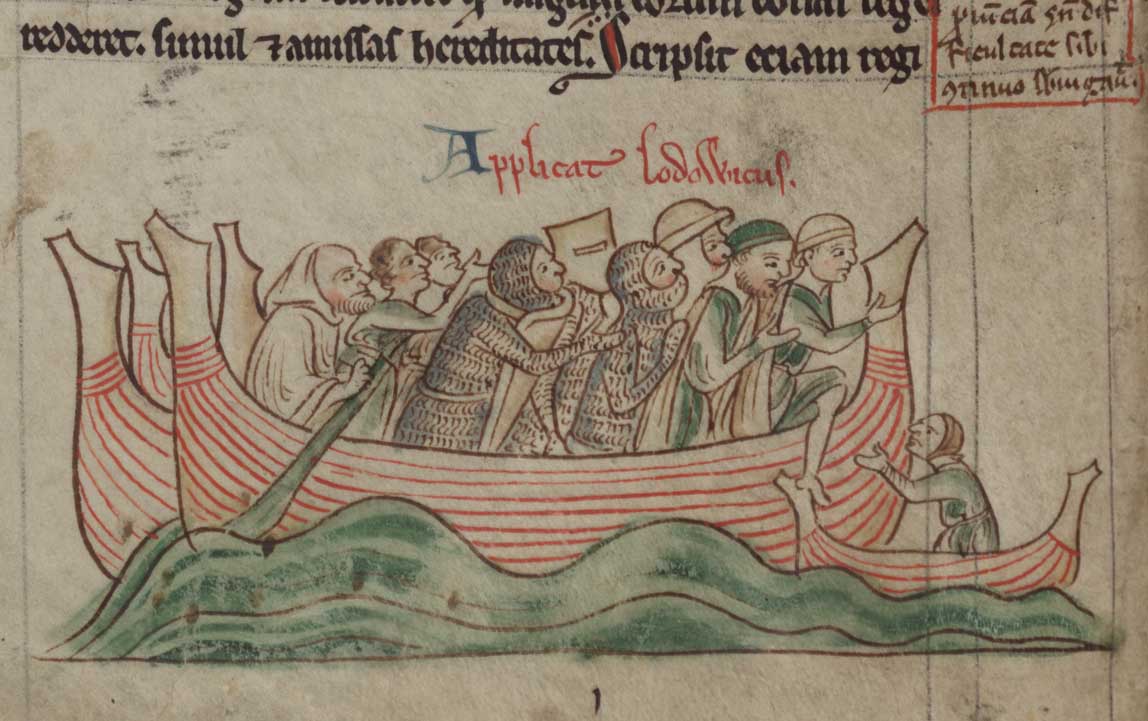
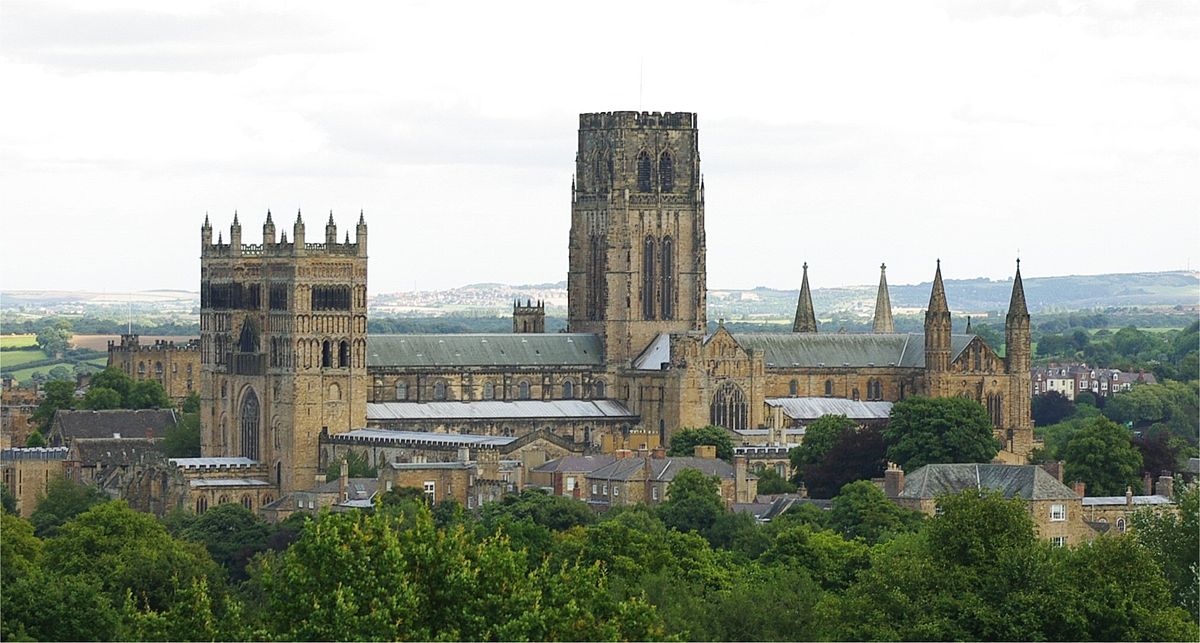
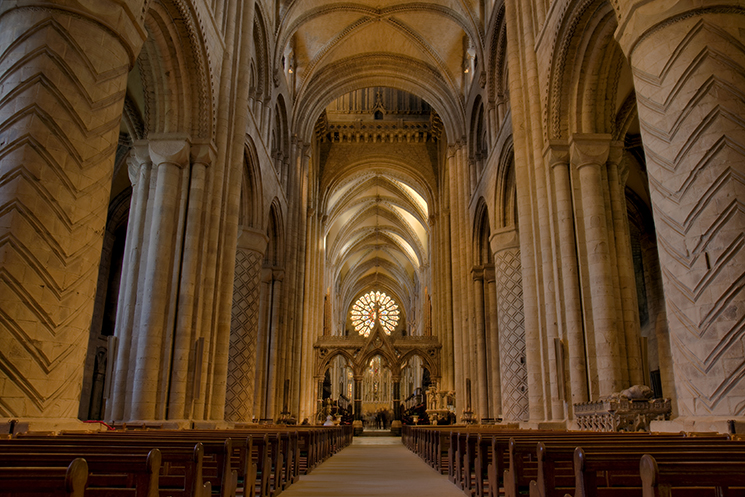
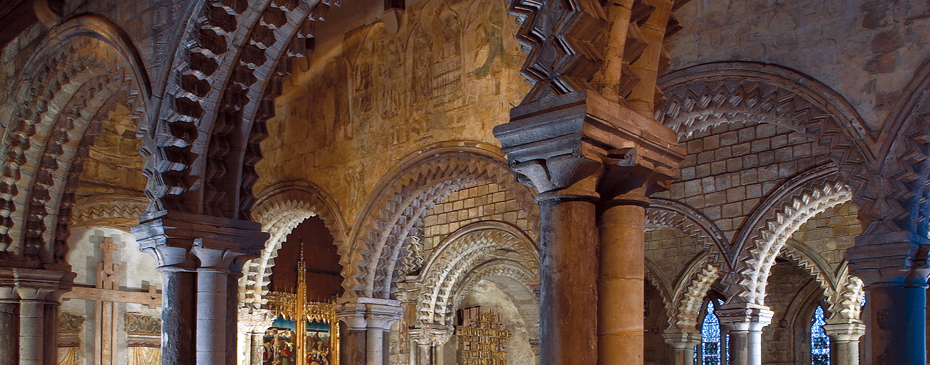

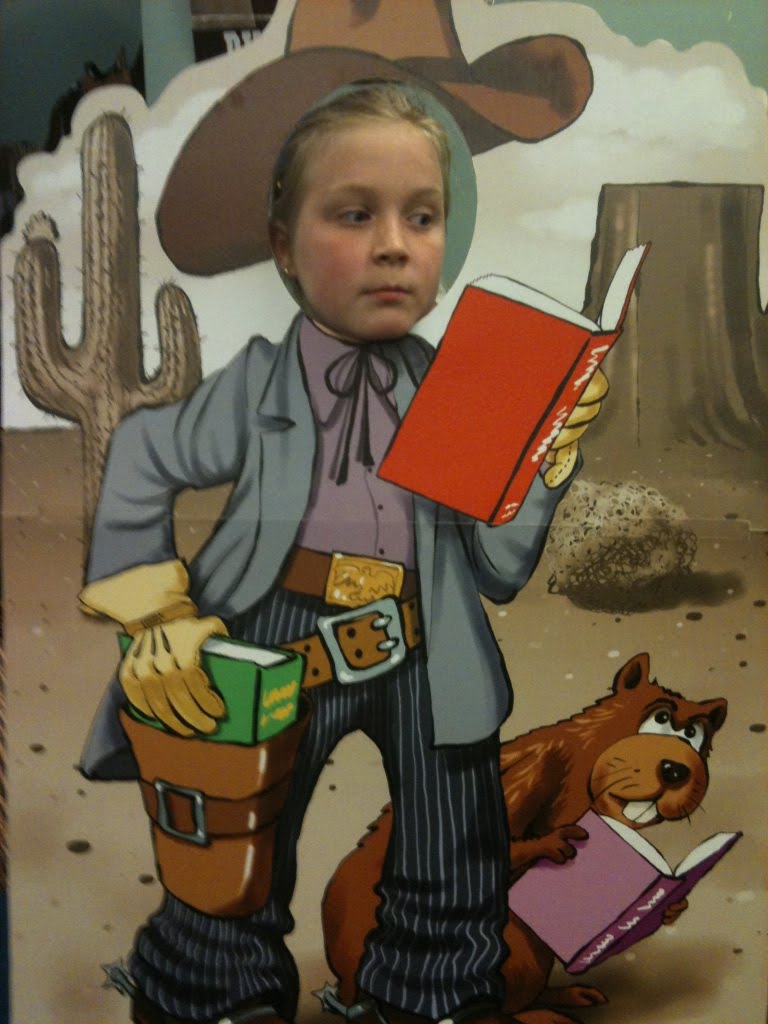
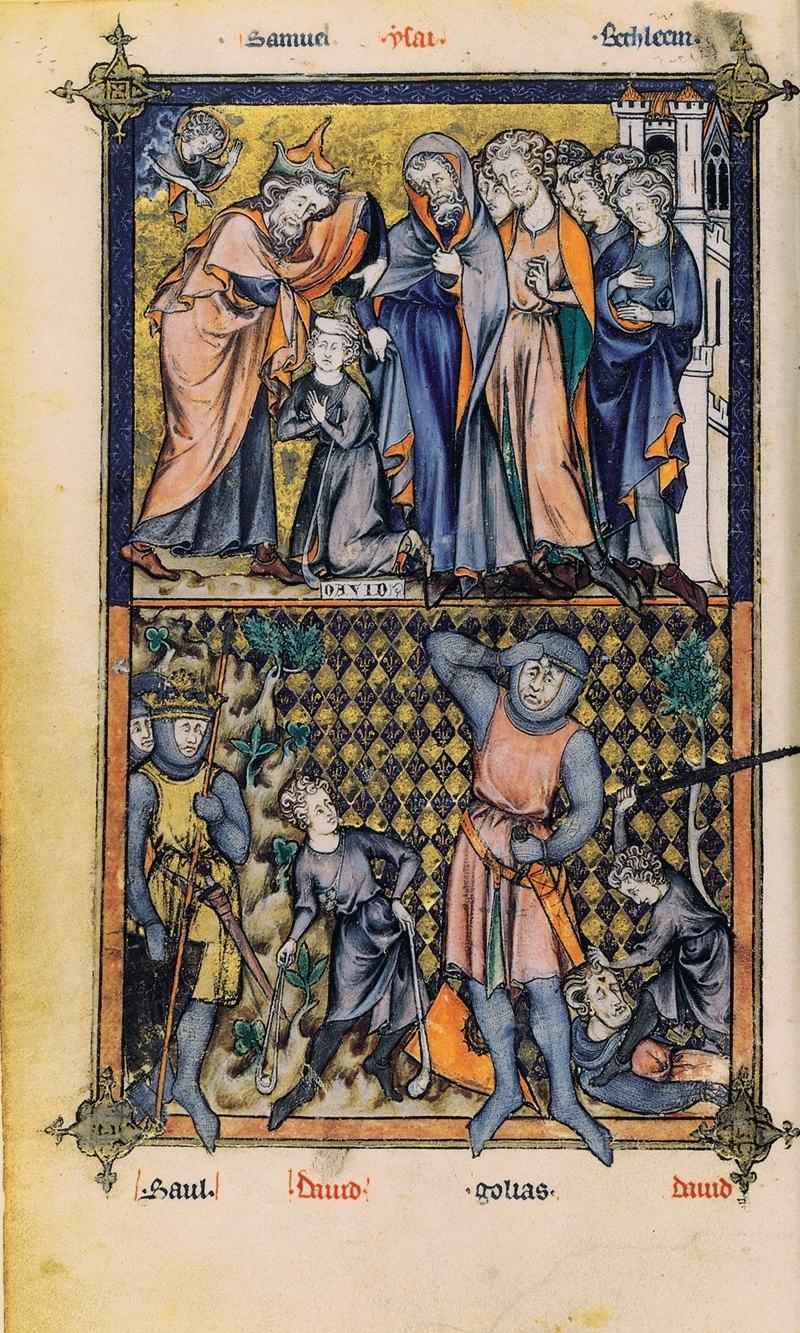






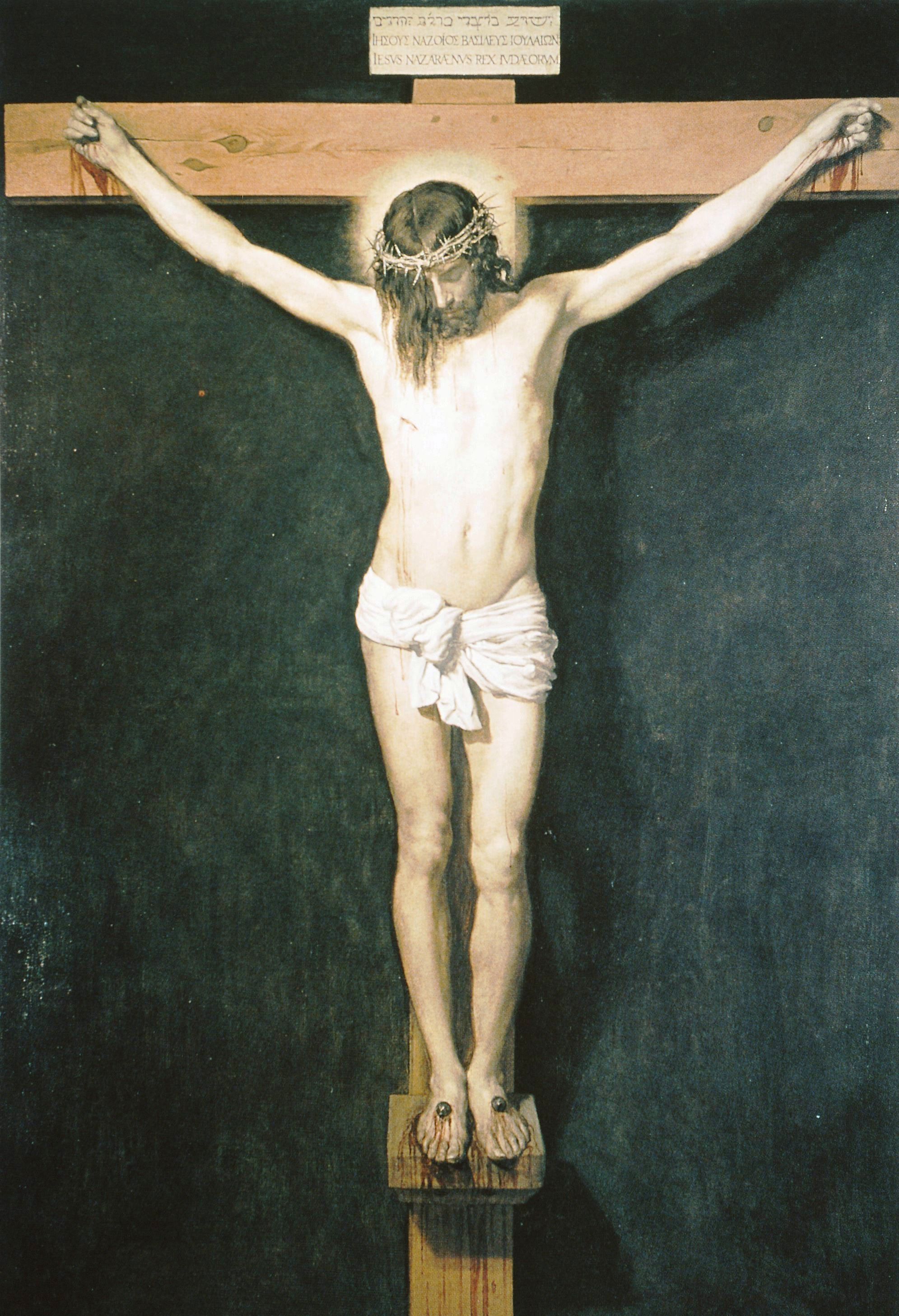

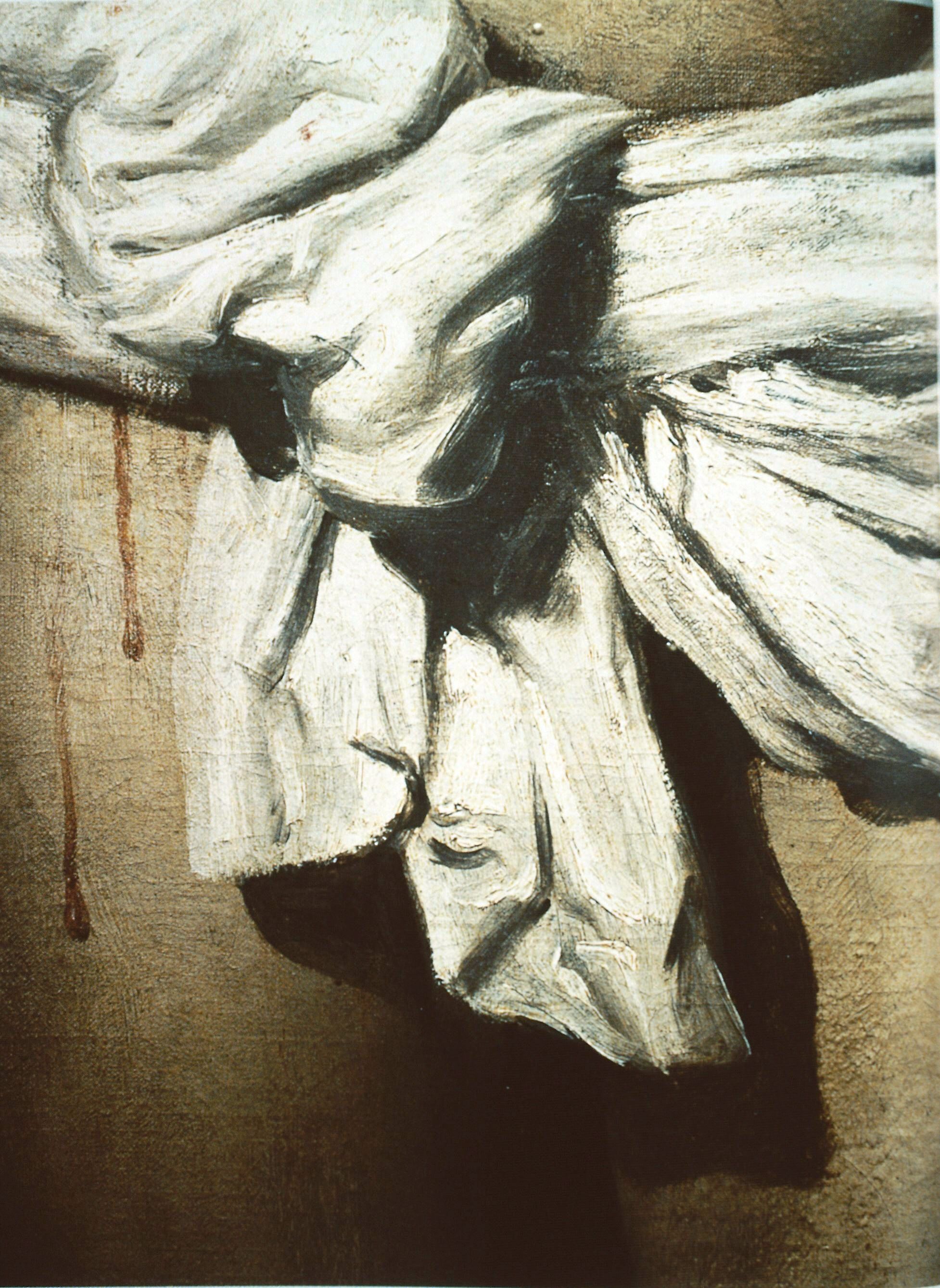
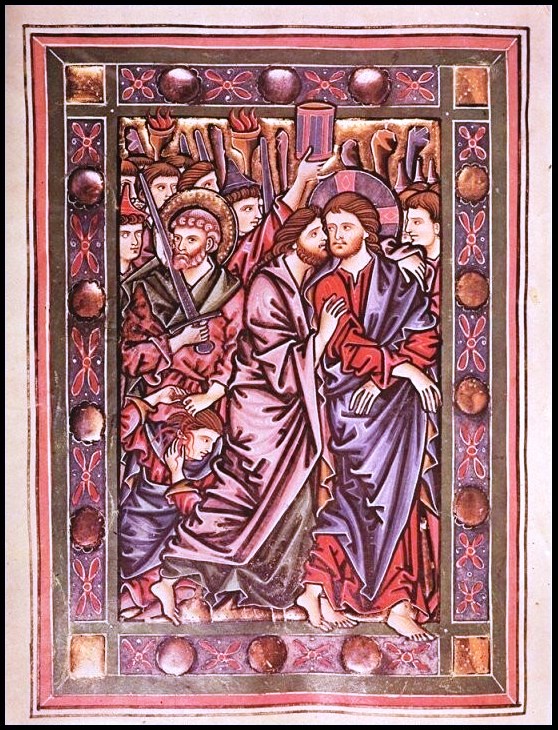
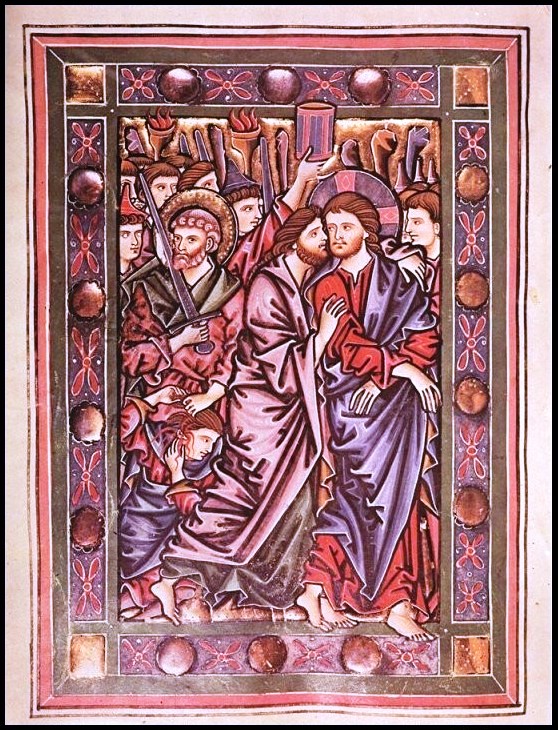
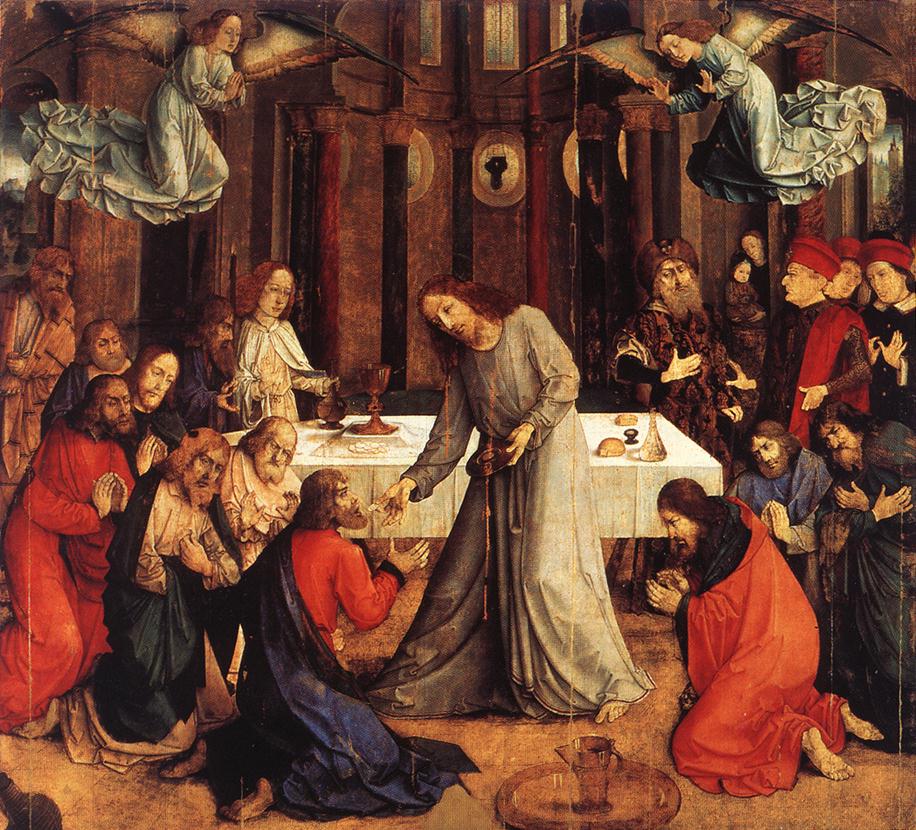
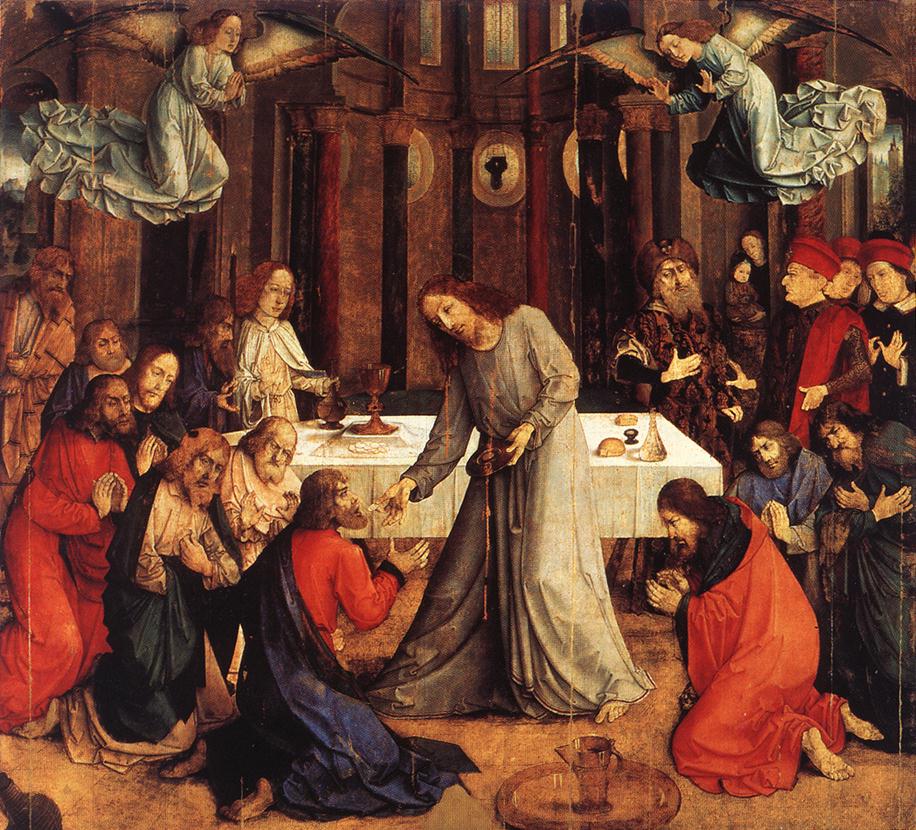
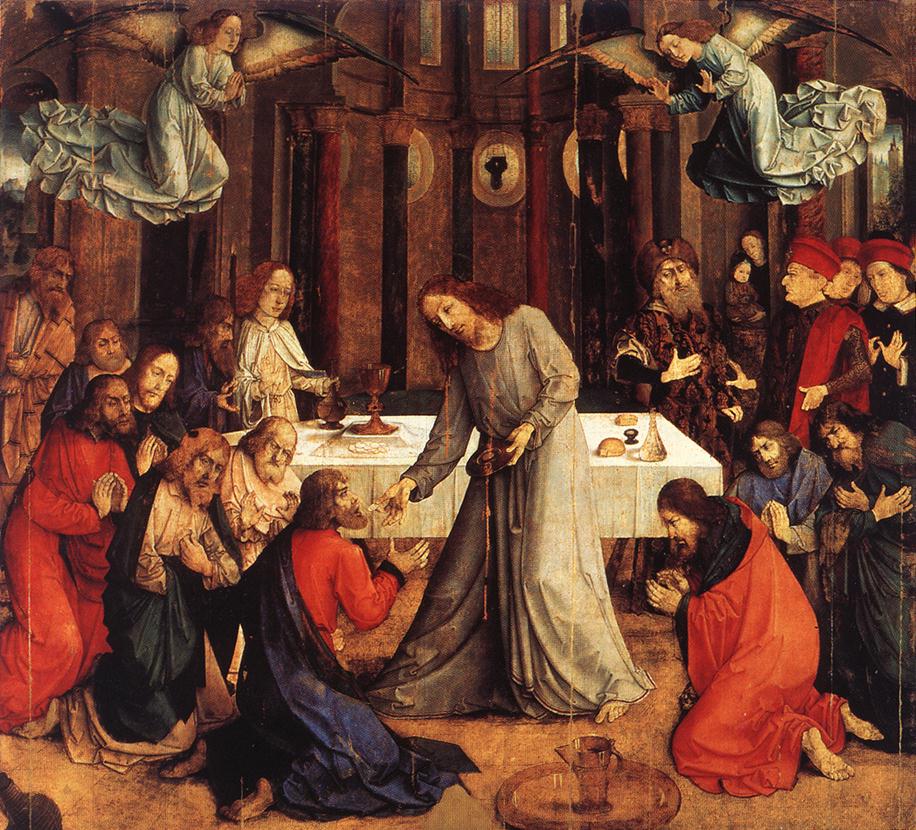

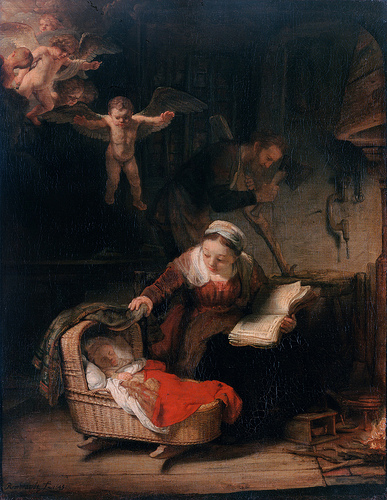
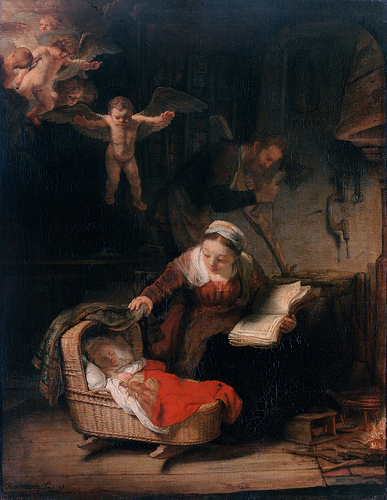

 Marc Chagall’s work is very much a product of this 20th century spirit of self-expression and individualism.
Marc Chagall’s work is very much a product of this 20th century spirit of self-expression and individualism. Secondly, sacred art can be good devotional art without being appropriate for the liturgy. The art that we choose to for our own private prayer is a personal choice based upon what we feel helps our own prayer life. We have to be more careful when selecting art for our churches, allowing for the fact that personal tastes vary. While for my home I would pick whatever appeals to me; for a church I would always choose that art for which there is the greatest consensus over the longest period of time. Accordingly I am much more inclined to put aside personal preference and allow tradition to be the greatest influence in the choices I make. For the liturgy, therefore, I would always choose that art which conforms to the three established liturgical traditions: the baroque, the gothic and the iconographic. I would not put Chagall in a church.
Secondly, sacred art can be good devotional art without being appropriate for the liturgy. The art that we choose to for our own private prayer is a personal choice based upon what we feel helps our own prayer life. We have to be more careful when selecting art for our churches, allowing for the fact that personal tastes vary. While for my home I would pick whatever appeals to me; for a church I would always choose that art for which there is the greatest consensus over the longest period of time. Accordingly I am much more inclined to put aside personal preference and allow tradition to be the greatest influence in the choices I make. For the liturgy, therefore, I would always choose that art which conforms to the three established liturgical traditions: the baroque, the gothic and the iconographic. I would not put Chagall in a church. When Caravaggio produced his work at the end of the 16th century it had such an effect on the art of the Rome that nearly all other artists modeled their work on it. However, the basis of this new style was not mysterious. He presented a visual vocabulary that was a fully worked out integration of form and theology. It was the culmination of much work done over a period of time (about 100 years) through a dialogue between artists and the Church’s theologians, philosophers, liturgists. It became the basis for a new tradition because the integration of form and content was articulated and understood, so other artists could learn those principles and apply them in their own work. It was possible to reflect that style, and develop it further, without blindly (so to speak) copying Caravaggio. They copied with understanding.
When Caravaggio produced his work at the end of the 16th century it had such an effect on the art of the Rome that nearly all other artists modeled their work on it. However, the basis of this new style was not mysterious. He presented a visual vocabulary that was a fully worked out integration of form and theology. It was the culmination of much work done over a period of time (about 100 years) through a dialogue between artists and the Church’s theologians, philosophers, liturgists. It became the basis for a new tradition because the integration of form and content was articulated and understood, so other artists could learn those principles and apply them in their own work. It was possible to reflect that style, and develop it further, without blindly (so to speak) copying Caravaggio. They copied with understanding.

